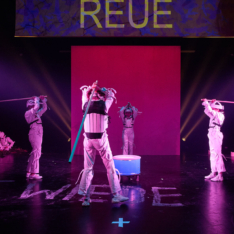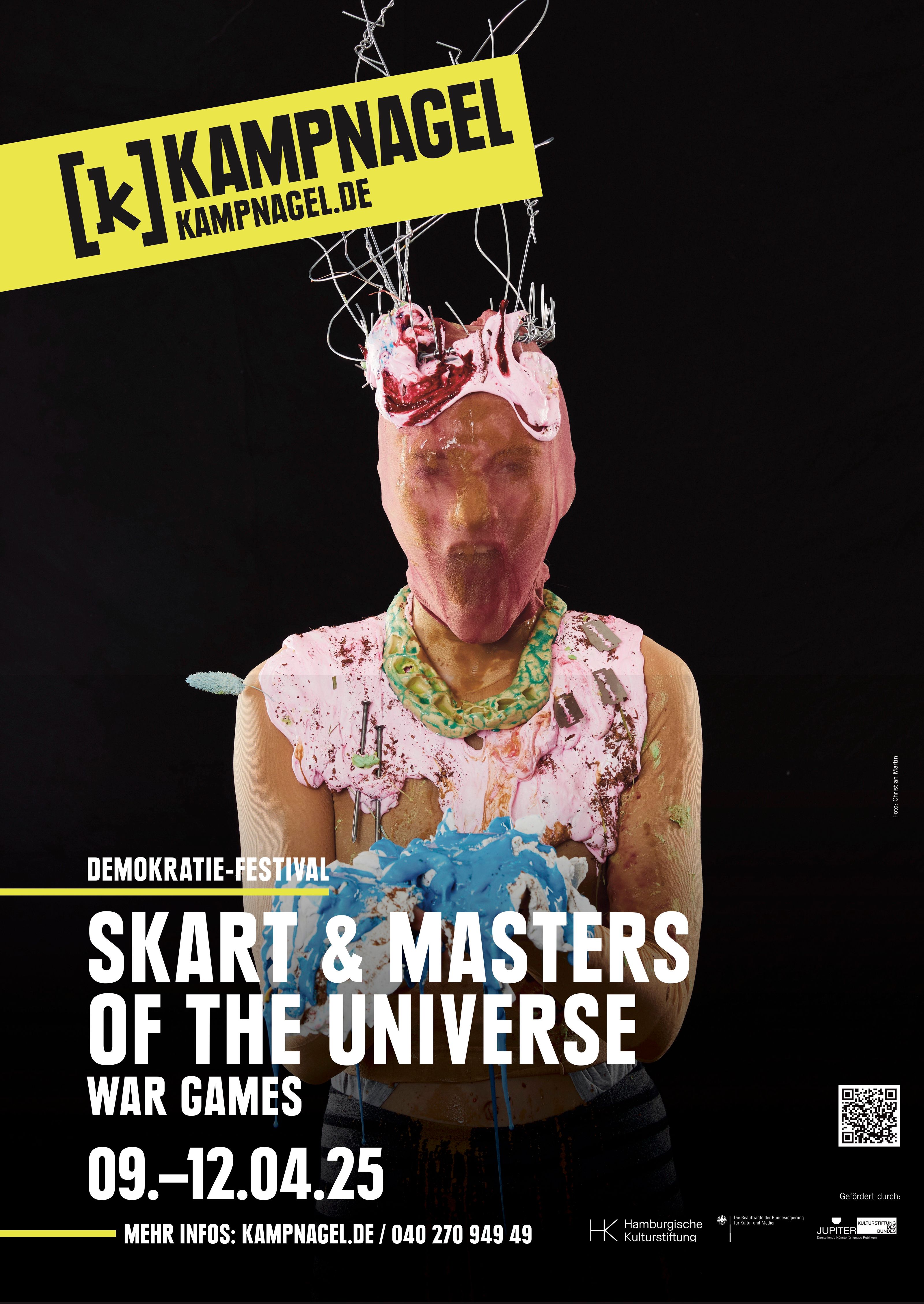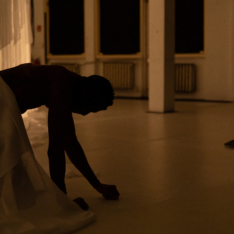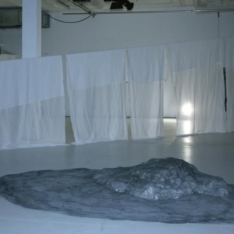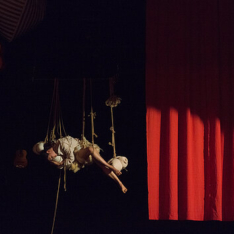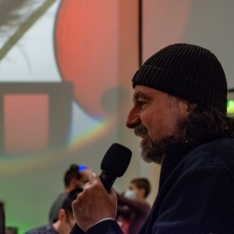Back in the dance studio rehearsing ‚Toil‘ by Sheena McGrandle.
Save the premier date: December 3, 2025 + 4 +5 + 6.12.2025
HAU2, Hallesches Ufer 34, 10963 Berlin
Tickets here
“TOIL” untersucht den tanzenden Körper bei der Arbeit – hin- und hergerissen zwischen Entfremdung und Begehren, Routine und Rebellion. Ausgehend von Ballett, irischem Folk und Punk entwerfen fünf Tänzer*innen in Begleitung von zwei Musiker*innen ein physisches Porträt des Tanzes als Ort von Arbeit und Sehnsucht zugleich.
“TOIL” ist eine choreografische Erkundung von Arbeit und ihrer emotionalen, historischen und körperlichen Dimensionen. Entstanden aus einer tiefen Hingabe an den Tanz mit all seinen Kämpfen und Freuden, reflektieren die Tänzer*innen Michelle Cheung, Eli Cohen, Martin Hansen, Mickey Mahar und Dasniya Sommer was bleibt, wenn Bewegung selbst zur Arbeit wird. Live begleitet von Marta Forsberg und Steve Heather, bewegt sich die eigens für “TOIL” komponierte Musik zwischen Elektro, Folk und Punk. In einem reduzierten Bühnenbild entsteht eine intensive Auseinandersetzung mit der eigenen Körperlichkeit, mit Rhythmus und Zusammenhalt. Ein ständiges Bemühen, den sich ständig veränderten Rhythmen der Zeit zu folgen.
Team
Konzept und Choreografie: Sheena McGrandles / Choreografie und Performance: Michelle Cheung, Eli Cohen, Martin Hansen, Mickey Mahar, Dasniya Sommer / Musikkomposition: Steve Heather, Marta Forsberg / Dramaturgie: Jette Büchsenschütz / Bühnenbild, Kostüme: Michiel Keuper / Kostümassistenz: Julianne Längin /Lichtdesign: Elliott Cennetoglu / Technische Leitung: Emese Csornai / Choreographic outside eye: Laurie Young and Louise Trueheart /Kreative Produktion: Saskia Schoenmaker / Produktionsassistenz: Cote Jaña / PR/Social Media: Agnė Auželytė
Image © Evan Loxton.





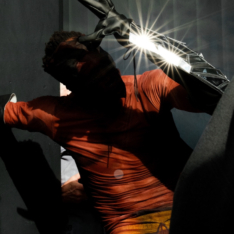


 On tour at
On tour at 





